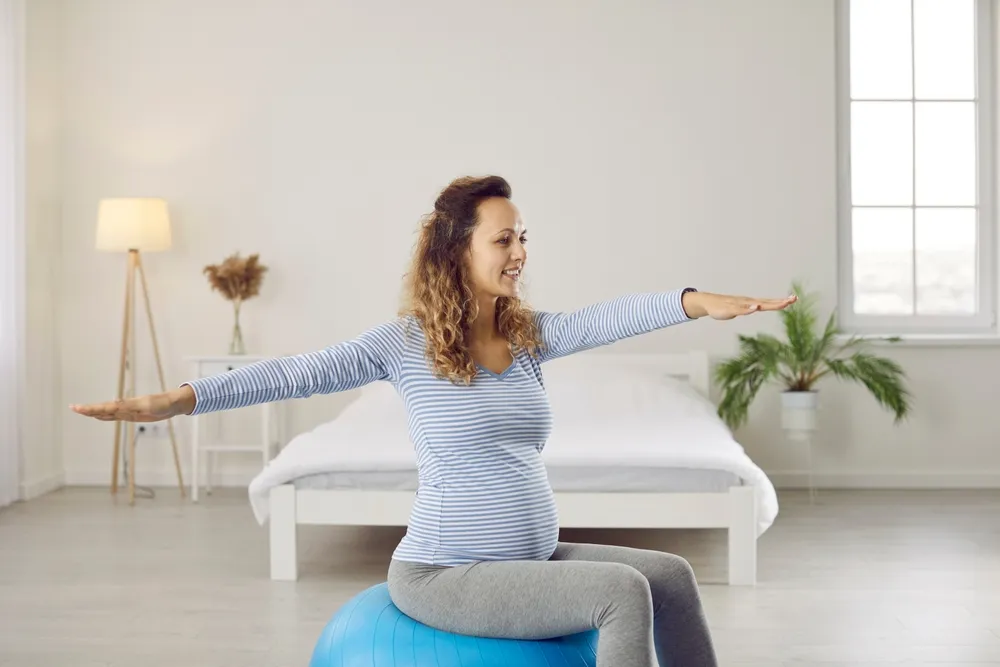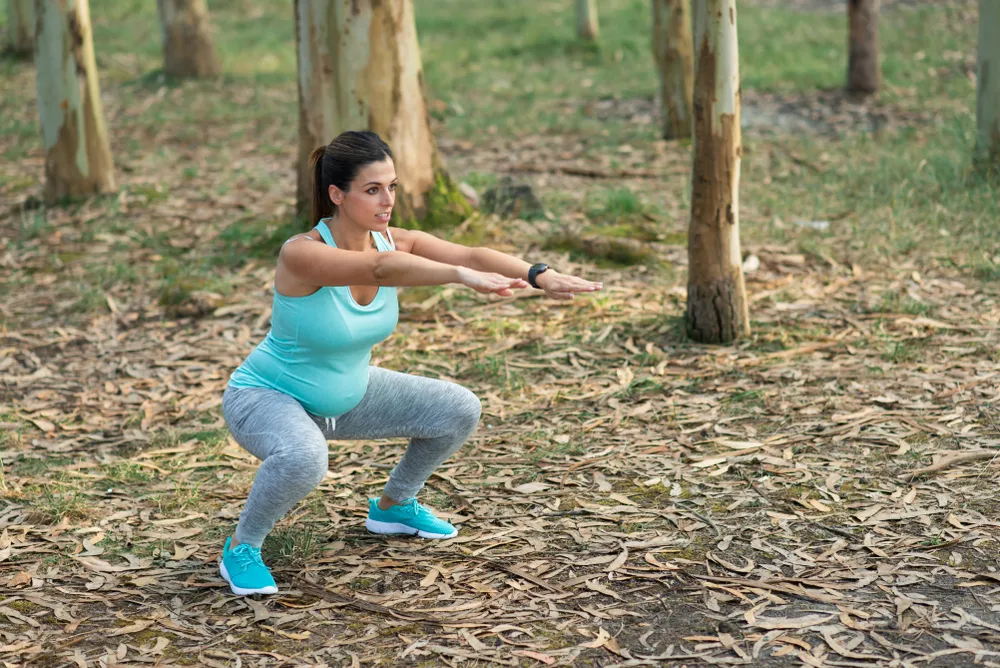Heal the Pain: Why Physical Therapy is Key to Foot Surgery Recovery?
Foot surgery can be a daunting experience, even for the most resilient individuals. From bunion removal to ankle reconstruction, post-operative care is critical...

Pregnancy is an exciting and joyful time for expectant mothers, but it can also come with a range of discomforts and pains. From back pain to swollen ankles, the physical strain of carrying a baby can take a toll on a woman's body. Fortunately, physiotherapy treatment can help take these pregnancy pains away and improve overall health during this important time.
During pregnancy, a woman's body changes as it adapts to support the growing baby. These changes can lead to a variety of physical pains and discomforts.
Some of the most common pregnancy pains are:
Back pain: As the baby grows, the mother's body leans forward more, which makes her back muscles have to work harder to keep her standing straight. This can lead to lower back pain and discomfort.
Sciatica: A nerve called the sciatic nerve goes from the lower back to the legs. When a woman is pregnant, the growing uterus can press on the nerve, causing pain, numbness, and tingling in the lower back and legs.
Pelvic pain: When a baby grows, the ligaments that support the uterus can become strained, causing pain in the pelvic area.
Carpal tunnel syndrome: This happens when the middle nerve in the wrist gets squeezed, causing pain, numbness, and tingling in the hands and fingers. It's more common during pregnancy because of extra fluid in the body.
Swollen ankles: As the uterus grows, it can put pressure on the veins in the legs, which carry blood back to the heart. This can make the ankles and feet swell

Physiotherapy treatment during pregnancy can help cure many of these common pregnancy pains. A physiotherapist can work with an expectant mother to develop a personalized treatment plan that addresses her specific needs and concerns.
One of the primary benefits of physiotherapy during pregnancy is improved posture. By helping expectant mothers maintain good posture, physiotherapy can help reduce the strain on the back muscles and prevent or alleviate back pain.
Physiotherapy can also help improve strength and flexibility, which can be especially important during pregnancy. Strengthening the core and pelvic floor muscles can help prevent pelvic pain while stretching can help reduce the risk of muscle strains and improve overall movement.
In addition to curing pain, physiotherapy during pregnancy can offer many other benefits.
These include:
Reduced risk of complications: By improving overall health and fitness, physiotherapy can help reduce the risk of complications during pregnancy and childbirth.
Better sleep: Many pregnant women struggle with getting enough sleep due to physical discomfort. By reducing pain and discomfort, physiotherapy can help improve sleep quality.
Improved mood: Pregnancy can be an emotionally challenging time, and physical discomforts can worsen feelings of stress and anxiety. Physiotherapy can help improve mood by reducing pain and promoting relaxation.
Easier labor and delivery: By improving strength and flexibility, physiotherapy can help expectant mothers prepare for labor and delivery. It can also help with postpartum recovery by promoting faster healing and improving overall physical fitness.
There are many physiotherapy techniques that can be used to alleviate pregnancy pains and discomforts. These include:
Massage therapy: Massage can reduce muscle tension and improve circulation, reducing pain and promoting relaxation.
Acupuncture: Acupuncture has been shown to be effective in reducing pregnancy-related pain and discomfort.
Exercise therapy: Exercise therapy improves strength and flexibility, reducing the risk of muscle strains and other injuries.
TENS therapy: Transcutaneous electrical nerve stimulation (TENS) therapy uses low-level electrical currents to reduce pain and improve muscle function.
Physiotherapy exercises can be a great option for pregnant women, as they are specifically designed to promote strength, flexibility, and overall health during pregnancy.
Here are some examples of physiotherapy exercises for pregnant women:
Pelvic Floor Exercises
Pelvic floor exercises, also known as Kegels, strengthen the muscles that support the bladder and uterus.
To perform pelvic floor exercises, simply tighten and hold the muscles you would use to stop the flow of urine, hold for a few seconds, and then release. Repeat this exercise 10 to 15 times, several times a day.
Squats

Squats can help strengthen the muscles in the legs and hips, which can be helpful during labor and delivery.
To perform a squat, stand with your feet shoulder-width apart, toes pointing slightly outward. Slowly lower your body down, bending your knees and keeping your back straight. Keep your weight on your heels and hold the position for a few seconds before returning to standing.
Cat-Cow Stretch

The cat-cow stretch can help alleviate back pain and improve flexibility in the spine.
To perform this stretch, get down on your hands and knees, with your wrists under your shoulders and your knees under your hips. As you inhale, bend your back and lift your head and tailbone. As you exhale, round your spine and tuck your chin to your chest.
Wall Push-Ups
Wall push-ups can help strengthen the arms, chest, and shoulders muscles.
To perform a wall push-up, stand facing a wall with your hands on the wall at shoulder height. Slowly lower your body toward the wall, keeping your back straight and your elbows close to your body. Push back up to the starting position and repeat.
Hip Circles
Hip circles can help improve movement and flexibility in the hips, which can be helpful during labor and delivery.
To perform hip circles, stand with your feet shoulder-width apart and your hands on your hips. Slowly circle your hips in one direction, then reverse the direction and repeat.
Pelvic Tilts
Pelvic tilts can help remove back pain and strengthen the stomach muscles.
To perform pelvic tilts, lie on your back with your knees bent and your feet flat on the floor. Slowly tilt your hip bone forward, pressing your lower back into the floor. Then tilt your hip bone back, bending your back slightly. Repeat this movement several times.
When it comes to exercising during pregnancy, it's important to listen to your body and choose activities that feel safe and comfortable for you. Be sure to consult with your healthcare provider before starting any new exercise program, and always stop exercising if you experience pain, discomfort, or other warning signs. With the help of a physiotherapist, pregnant women can safely and effectively stay active and healthy throughout this exciting time.
If you're experiencing pregnancy pains and looking for effective physiotherapy treatment in Kenya, LifeCare Hospitals is the best choice for you. Our highly skilled and experienced physiotherapists use personalized treatment plans and state-of-the-art facilities to provide comprehensive services for a wide range of conditions. We have successfully provided physiotherapy treatment to more than 10000 pregnant ladies, helping them cure their pregnancy pains and discomforts. Don't suffer in silence, contact us today and say goodbye to pregnancy pains with LifeCare Hospitals.
Partager cet article